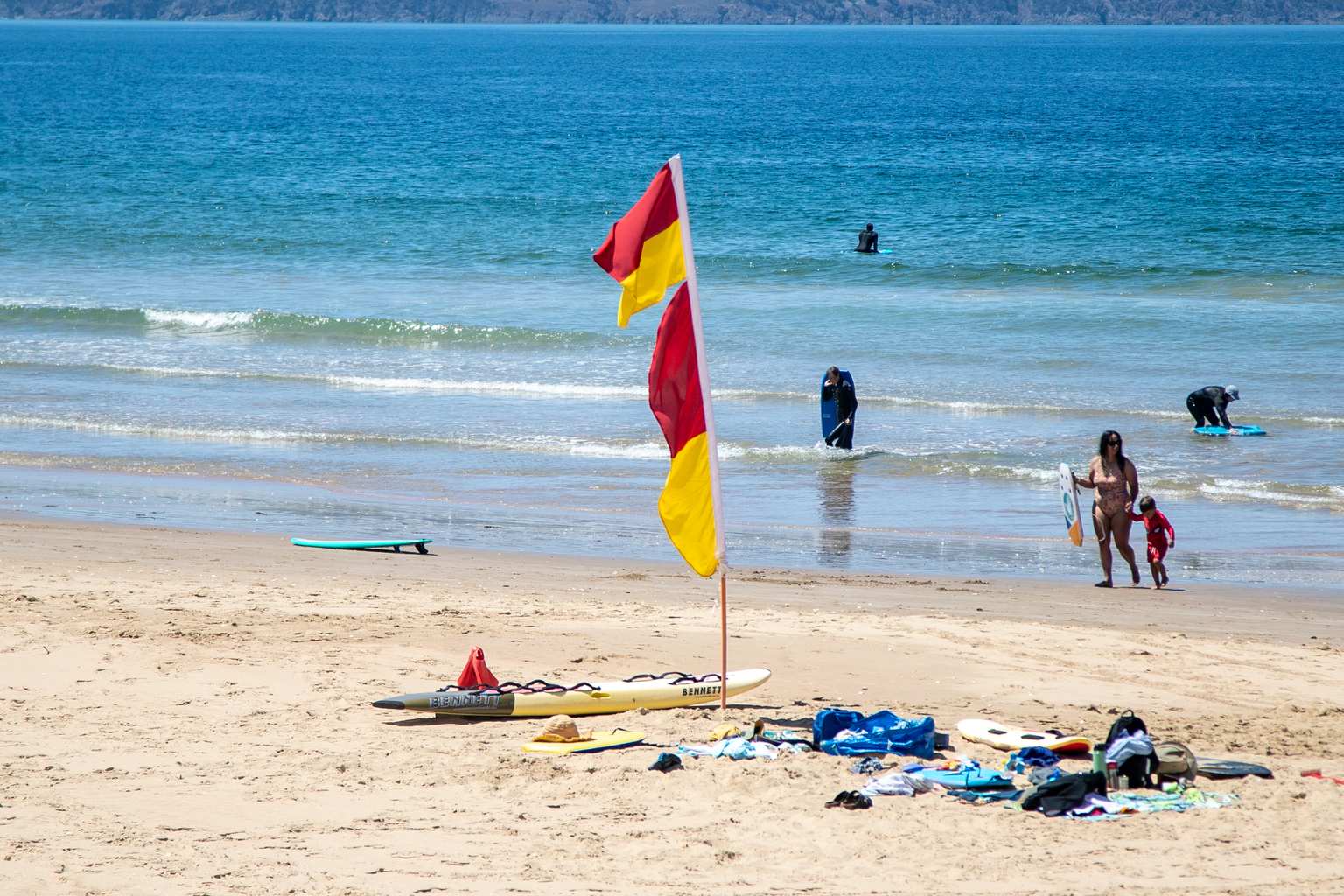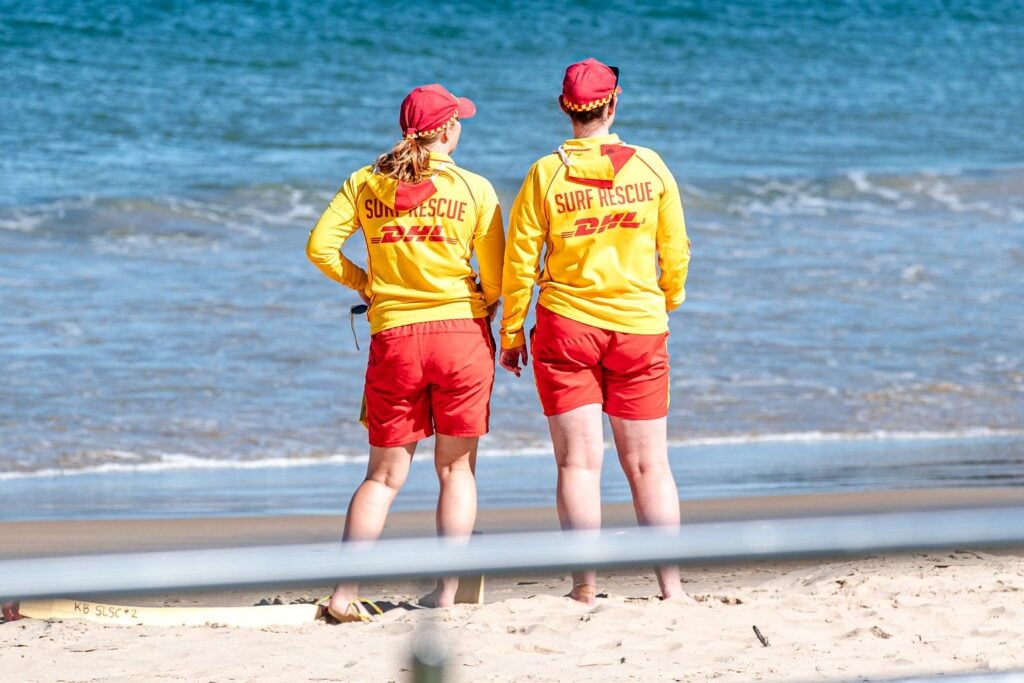Tasmania has bucked the national trend by recording a slight decrease in drowning deaths, even as Australia registers its highest drowning toll since records began.
The 2025 National Drowning Report released this week shows Tasmania experienced an 11% decrease on its 10-year average, one of only two states to show improvement amid concerning national figures.
Rivers continue to be the most dangerous water bodies for Tasmanians, accounting for 38% of all drowning deaths across the state, while beaches were responsible for 25% of fatalities.
The report, jointly published by Royal Life Saving Australia and Surf Life Saving Australia, revealed Tasmania ranks fifth among states and territories with a drowning rate of 1.39 per 100,000 population.

Older Tasmanians face the highest risk, with 54% of drowning victims aged 55 years and over, reflecting national concerns about an ageing population’s vulnerability around water.
Southeast Tasmania recorded the highest drowning rate per 100,000 residents compared to other regions in the state.

Royal Life Saving Australia CEO Dr Justin Scarr called the national figures “a wake-up call” with drowning deaths surging to unprecedented levels.
“Half of all children leave primary school unable to swim 50 metres and float for two minutes, causing lifelong risk,” Scarr said.
Surf Life Saving Australia CEO Adam Weir said coastal drownings remain a major concern nationally.
“Rip currents are Australia’s number one coastal hazard, responsible for more than one in three beach drowning deaths – claiming more lives than sharks, floods, or cyclones combined,” Weir said.
The organisations attribute the national surge in drownings to declining swimming skills, an ageing population, and more people visiting remote locations away from lifesaving services.
They are urging Tasmanians to supervise children around water, learn swimming and water safety skills, wear lifejackets when appropriate, swim between the red and yellow flags at patrolled beaches, avoid alcohol and drugs around water and check conditions before entering the water.






